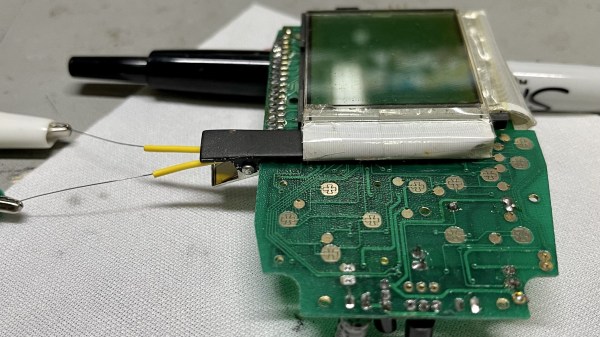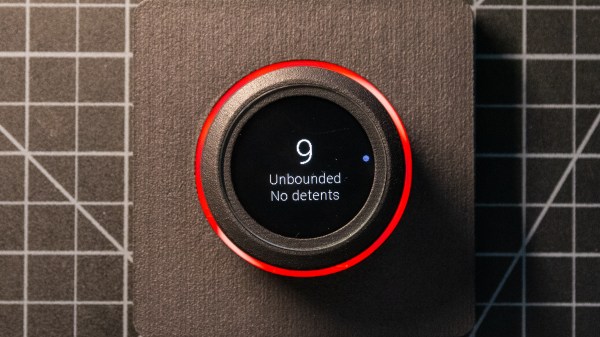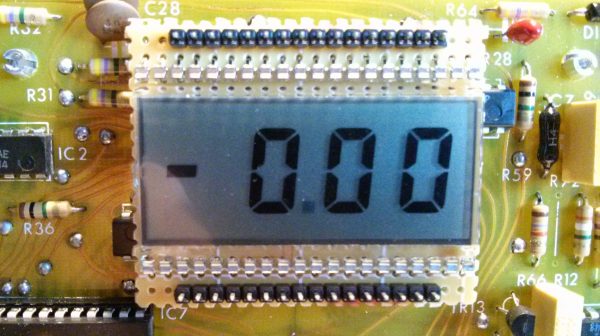This week on Hackaday, we featured a project that tickled my nostalgia bone, and proved that there are cool opportunities when bringing new tech to old problems. Let me explain.
[Muth] shared a project with us that combines old-school analog photography printing with modern LCD screens. The basic idea is to use a 4K monochrome screen in place of a negative, making a contact print by placing the screen directly on top of photographic paper and exposing it under a uniform light source. Just like the old ways, but with an LCD instead of film.
 But what’s the main difference between a screen and film? You can change the image on the LCD at will, of course. So when [Muth] was calibrating out exposures, it dawned on him that he could create a dynamic, animated version of his image and progressively expose different portions of the paper, extending the available dynamic range and providing him the ability to control the slightest nuances of the resulting image contrast.
But what’s the main difference between a screen and film? You can change the image on the LCD at will, of course. So when [Muth] was calibrating out exposures, it dawned on him that he could create a dynamic, animated version of his image and progressively expose different portions of the paper, extending the available dynamic range and providing him the ability to control the slightest nuances of the resulting image contrast.
As an old photo geek, this is the sort of trick that we would pull off manually in the darkroom all the time. “Dodging” would lighten up a section of the image by covering up the projected light with your hand or a special tool for a part of the exposure time. With [Muth]’s procedure, he can dodge the image programmatically on the per-pixel level. We would have killed for this ability back in the day.
The larger story here is that by trying something out of the box, applying a new tool to an old procedure, [Muth] stumbled on new capabilities. As hackers, we’re playing around with the newest tech we can get our hands on all the time. When you are, it might be that you also stumble on new possibilities simply afforded by new tech. Keep your eyes open!



















